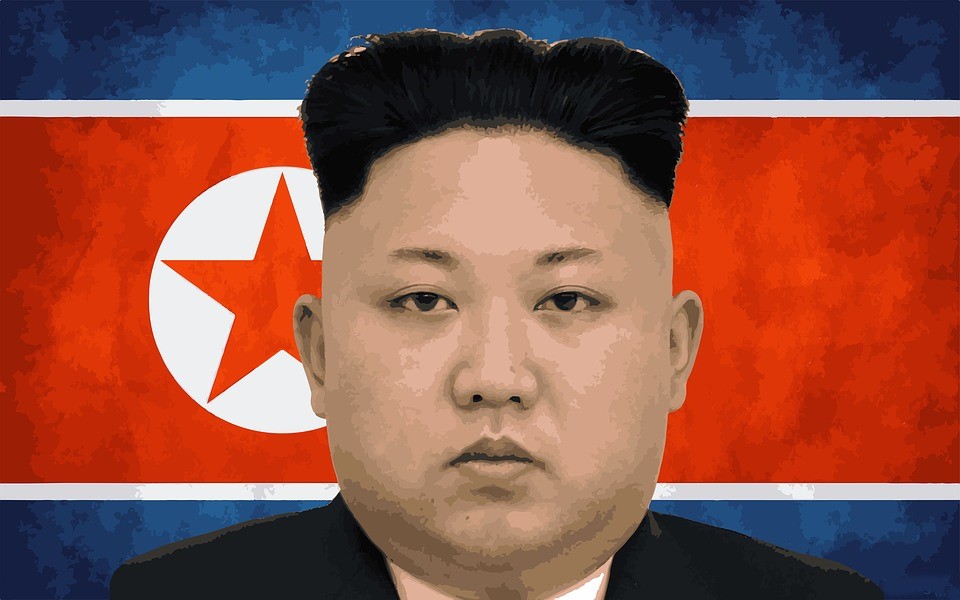North Korea is spending heavily on the development of its nuclear weapons program and is “ready to mobilize,” according to North Korea’s President Kim Jung Un. In Seoul, downward trends in recent budget allocations indicate the country’s military reserve forces may be in trouble due to decreased levels of funding and substandard training events. There also are declining levels of support and respect for the country’s military service among the citizenry, coupled with rising rates of dissatisfaction among those considering it as a career, according to Brendan Balestrieri and Won-Geun Koo of War on the Rocks. The decades-long negative trends do not bode well for the South’s readiness to fend off an invasion from the North.
Balestrieri and Koo suggest that the country “continues to emphasize fourth-generation defense initiatives at the expense of training and equipping its mostly conscript army.” New battleships and aircraft create the outward appearance of a nation able to conduct modern warfare. Few resources, however, are devoted to addressing the potential that the North could conduct a blitzkrieg-style raid on South Korea using hybrid techniques and guerilla warfare.
The threat from the North has grown over the years as Kim has emphasized his country’s asymmetrical warfare capabilities. Balestrieri and Koo point out that “As North Korea’s conventional force capability deteriorated over the past two decades, the North Korean regime increasingly emphasized asymmetric warfare capabilities such as nuclear weapons, short-range ballistic missiles, special operations forces, and the development of insertion platforms such as hovercraft and submarines.” The situation in Seoul today no longer resembles the strong allegiance to the state following the 1968 attempted assassination of the country’s president by North Korean commandos. At that time, South Korea had about 2.5 million reservists, including over 10,000 women who signed up with the local reserve forces.
In recent years Seoul has used its reservists to reinforce active-duty divisions. The homeland security reserve divisions, in particular, support rear area operations, and would be the most likely to be called up to counter North Korean special forces or asymmetric threats, according to Balestrieri and Koo. With only three days of training each year, including time spent on administrative paperwork tasks, reservists have few opportunities to practice warfighting skills in the field. Since mid-2018, there also has been a decrease in combined US-Korean military training exercises.
In-Bum Chun, a former deputy commander of South Korea’s First Army, described the situation by saying that the “conditions for training are very, very bad.” He pointed out the lack of live fire training saying it will take until at least 2027 to make significant readiness improvements in the troops. South Korea suffers from a 60% annual turnover rate among the troops, with some service members not experiencing a live fire training exercise in 12 years. The US commander of the Eighth Army in Korea, Lt. Gen. Bill Burleson, contradicted Chun saying the South is ready to fight and pointed to high technology reconnaissance planes flying and the artillery batteries. That does not account for the lack of training for the infantry.
Some South Korea units are using WWII-era equipment, according to interviews Balestrieri and Koo conducted with the country’s senior military officers. During an invasion military analysts suggest that as many as 200,000 well-trained, North Korean special forces could form the point of the spear. Unlike the NATO modernization plan, in which Member states are improving the interoperability of their various national forces, South Korean military doctrine continues to view their branches as separate and distinct entities. Add to it the North’s cyber warfare capabilities, and the balance begins to change in favor of Kim Jung Un’s regime in a conventional war.
Historical data covering military preparedness in the South does not trend well for repelling Kim’s forces. There have been a number of incidents since the 1968 assassination attempt at the Blue House in Seoul. On September 18, 1996, a North Korean Sang-O-class submarine ran aground off the coast of South Korea while returning to pick up several spies inserted to gather intelligence on a nearby airbase. It took months to track down those involved in the operation. A 1997 report indicates that only 34% of reserve troops responded and mobilized on day one of getting called up. Use of alcohol while on duty, cases of AWOL, and fratricide also have dogged its military in recent decades. Add to that a demographic time bomb which threatens to further reduce the number of available citizens who could join the military in the coming years. South Korea today can cite few overall improvements in its troop preparedness despite some advances in its advanced-technology weapons systems.
The political-military leadership of South Korea, according to Balestrieri and Koo, should be alarmed. They point out that research into the importance of the will to fight as a critical component of military capability continues to evolve, but “Regrettably, declining levels of support among young South Koreans for public service is beginning to extend beyond the military, as evidenced by declining competition ratios for South Korea’s much-feared civil service exam. It may soon become necessary for the United States to extend an offer to the South to revamp its military training to counter threat from the North.
Daria Novak served in the U.S. State Department
